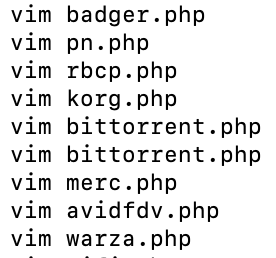Learning and Consolidation
Learning and Consolidation are important to me. Over a year ago I wanted to learn Laravel and Angular but when I started to study them I felt lost. I felt that I didn’t understand the topics well enough. I went back to the basics. I followed several courses about JavaScript and how it works. I typed out all of the lesson codes, and debugged it until it worked. Some bugs took three or four hours to fix, but eventually I got there
As I followed two or more courses on the topic there was quite a bit of repetition. Another word for repetition is consolidation. By studying the same topics, taught by different people I consolidated my knowledge. I filled in the knowledge gaps and eventually I began to understand how the code works, even if I can’t write it from scratch yet.
The aim isn’t necessarily to be able to write a web app from scratch. The aim is to understand how all the elements work individually, as well as how they work together in an app.
Today for example in the Let’s Learn Laravel course I followed the lesson on form validation, with mention of Bcrypt and Node.js. This feels good, because I see how frameworks help to save time. For years I was happy to use WordPress as a user, because it works well as a blog and CMS. Now I have studied enough to build my own, although my greatest concern is safety. I want to migrate the static part of my website to Laravel, but I want to do so when I feel confident that it will not be hacked. I also want to do this without destroying the rest of the site in the process.
That’s where the current course comes in. I need help in understanding the process and the steps for setting up a project in Laravel, taking advantage of the tasks that it does for me. When the effort is ready I will deploy it to a web server and see how well it works.
One of the reasons to follow courses, even if they are filled with plenty of repetition, is to learn about concepts. I knew about include but I didn’t know about layout. By understanding layout you can prepare a template, where the elements that change are individual pages, and the layout does the rest, to keep the entire site looking the same. This will become my “portfolio”.



